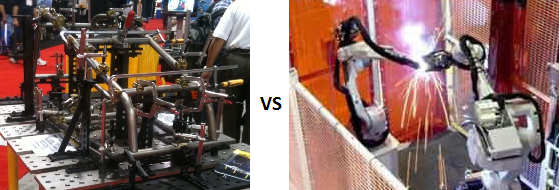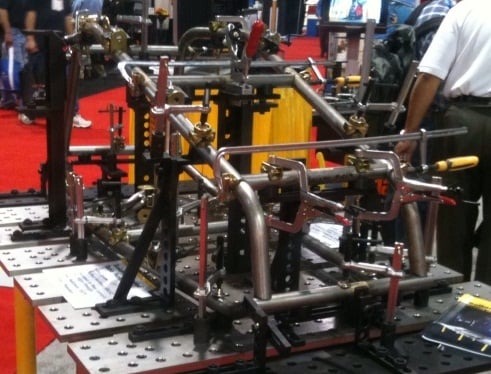The Evolution and Advantages of Jig-less Robotic Welding
Are you having trouble finding welders? Are you wondering how you could take advantage of robots to simplify your fixtures...
How to Simplify Jigs in Robotic Welding Applications
In welding, jigs are used to precisely and firmly position parts while they are welded. The picture below shows such a jig.





Leave a comment